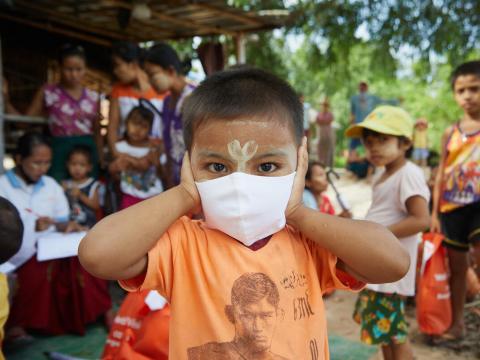
COVID-19: When someone's drowning, you don't row away.
Jennifer warns the international community not to move on from the pandemic while the most vulnerable in fragile contexts suffer new surges of COVID-19
By Jennifer Neelsen
More people have died in 2021 of COVID-19 than in all of 2020 and the number of deaths will only go up, especially in countries that aren't financially robust, that suffer political insecurity, and/or that have weaker health systems. While in some countries nightclubs have opened again, masks are not compulsory in public, and people can go abroad on holiday, the effects of this pandemic continue to wreak devastation on millions of vulnerable children and their families worldwide.
Put simply: unless the international community responds urgently with emergency assistance, we will see millions more men, women and children dead in fragile contexts.
The massive spikes in COVID-19 cases in Myanmar, Indonesia, and across Africa are a sign to the world of the potential impact of the virus on conflict-affected countries where the delta variant has yet to spread. On Monday, Myanmar reported 281 deaths – a new high.[1] The United Nations is warning of limited access to hospital beds and oxygen cylinders and the need to urgently scale up critical health services and vaccination efforts.
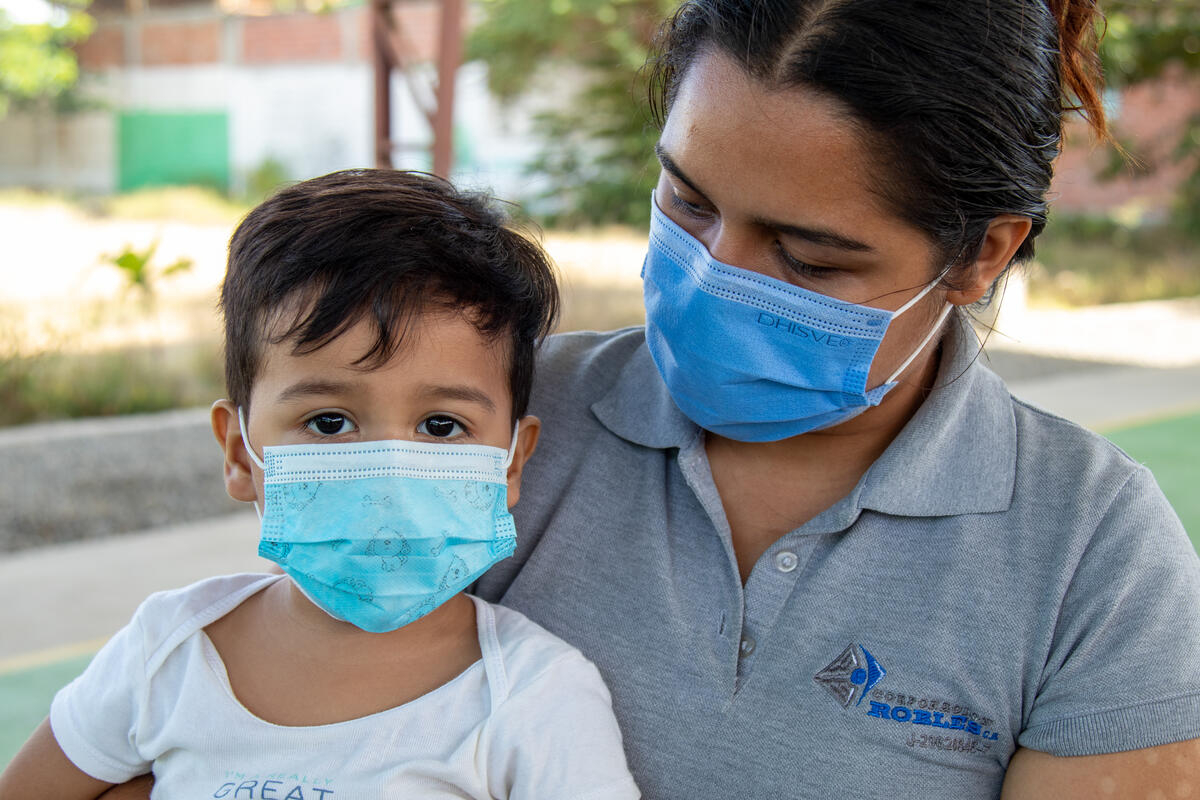
I recently spoke with World Vision Myanmar’s National Director, Grenville Hopkinson, who told me: “Myanmar’s struggle to contain the virus is a lesson to us all, that we are by no means through this crisis and many nations – especially those that are facing conflicts or extremely fragile – may yet be deeply impacted by the pandemic.”
Humanitarian needs have also skyrocketed in other fragile contexts, like Syria, since the COVID-19 pandemic started. Health facilities have also been repeatedly attacked, leaving extremely limited equipment and supplies. Even though COVID-19 cases are only growing at a reported rate of .02% due to lockdown measures imposed by local authorities, the death rate continues to rise, now at 7.37%. Syria also continues to struggle to protect its health-care workers. In some cases, the high number of affected workers result in facilities being temporarily shut down, limiting the health services available to people. My colleague, Johan Mooij, Syria Response Director, recently said: “Gradually the last remaining havens of humanity and hope for the millions of Syrians displaced are being razed to the ground. Access to essential medical care is being extinguished for vulnerable children and communities and their lives are at risk on a daily basis.”
Just 4.4% of the population in African countries have been vaccinated so far with little hospital infrastructure to rely on, weak health systems, and a lack of widespread therapeutic interventions, especially in the most fragile contexts concentrated in the Horn of Africa and in the Sahel where multiple countries face conflict and insecurity. The third waves now emerging in countries across the continent echo other Delta variant spikes; however, Africa’s current COVID-19 fatality rate is 2.6% versus India’s 1.3%. Experts estimate the actual number of COVID-19 deaths in India is over 1 million; Africa’s fatalities are thought to be similarly underestimated.
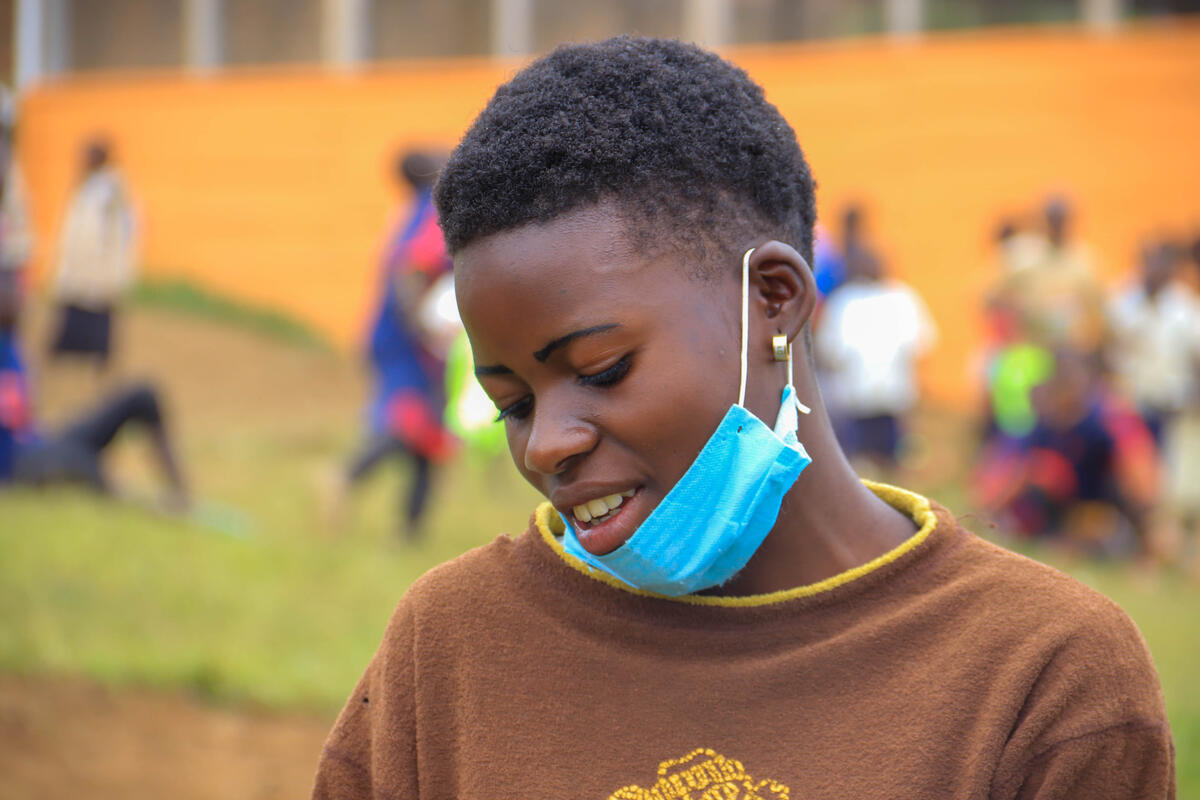
The continent also hosts significant numbers of refugees. Based on World Vision's latest report on COVID-19 High Risk – Low Priority, out of 255 South Sudanese refugees in Uganda and 423 Central African refugees in the Democratic Republic of Congo (DRC) represented in the survey, only one refugee reported being vaccinated. Most said they were not aware of vaccination plans in their communities or believed they were not eligible to receive the jab because of their status.
We are deeply concerned for the safety and well-being of vulnerable populations, especially children, as the current mix of conflict, climate change, and COVID-19 is putting children and communities at severe risk of starvation. The same report revealed that 4 out of 10 refugees and internally displaced persons had lost their livelihoods because of the pandemic and 72% reported their incomes had gone down.
Globally, one in six children live in areas affected by armed conflict. These girls and boys are facing heightened vulnerability because of the fragile contexts in which they live. These children face risks to their safety, exposure to violence, and the inability to exercise their rights. COVID-19 is only increasing and amplifying protection concerns for children. Children living in contexts affected by conflict and displacement are the least able to adopt the most basic COVID-19 prevention strategies, increasing the direct risk of the virus itself to them and their parents or primary caregivers.
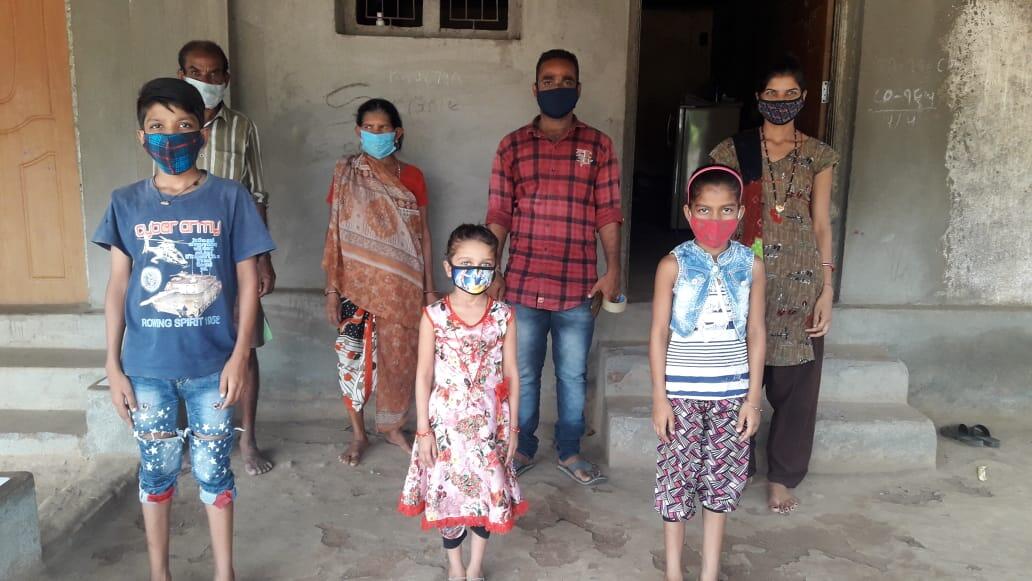
Fragile and humanitarian settings also have the weakest health-care and social protection systems, many destroyed or inaccessible due to conflict or decayed from protracted crisis. Extremely weak health systems, with dangerous or limited access, will contribute to significant loss of life, leaving children without parents or caregivers. Additionally, fragile contexts are the least able to cope with the consequences of COVID-19, which are likely to be catastrophic for the protection and rights of children already living in situations of humanitarian crisis.
Another recent report, The Silent Pandemic, revealed that more than half (57%) of children living in fragile and conflict-affected countries expressed a need for mental health and psychosocial support as a direct result of the pandemic and lockdowns. This need rose to 70% for refugee and displaced children as opposed to 43% for children from host communities. Another issue facing refugee children is the lack of safe shelters, which were already far and few before the pandemic, and then were reduced drastically because of it; 68% of refugees in the DRC reported it as a concern and 29% in Uganda.
We know that responding directly to the needs in these contexts is essential, which is why World Vision Myanmar’s programming has prioritised basic needs exacerbated by the recent political crisis along with the activities of COVID-19 awareness and prevention in the communities. During this next phase they are working to strengthen community-based care and provide targeted support to children and families who are isolating or directly affected by the disease.
In Syria, World Vision works through partners in Afrin, northern Syria supporting community health workers providing awareness-raising sessions and hygiene kits including, soap and disinfectants to vulnerable communities. We also provide educational support and child protection services to girls and boys in this area. More than 1 million girls and boys in northwest Syria were reached last year and they need any help we can provide.
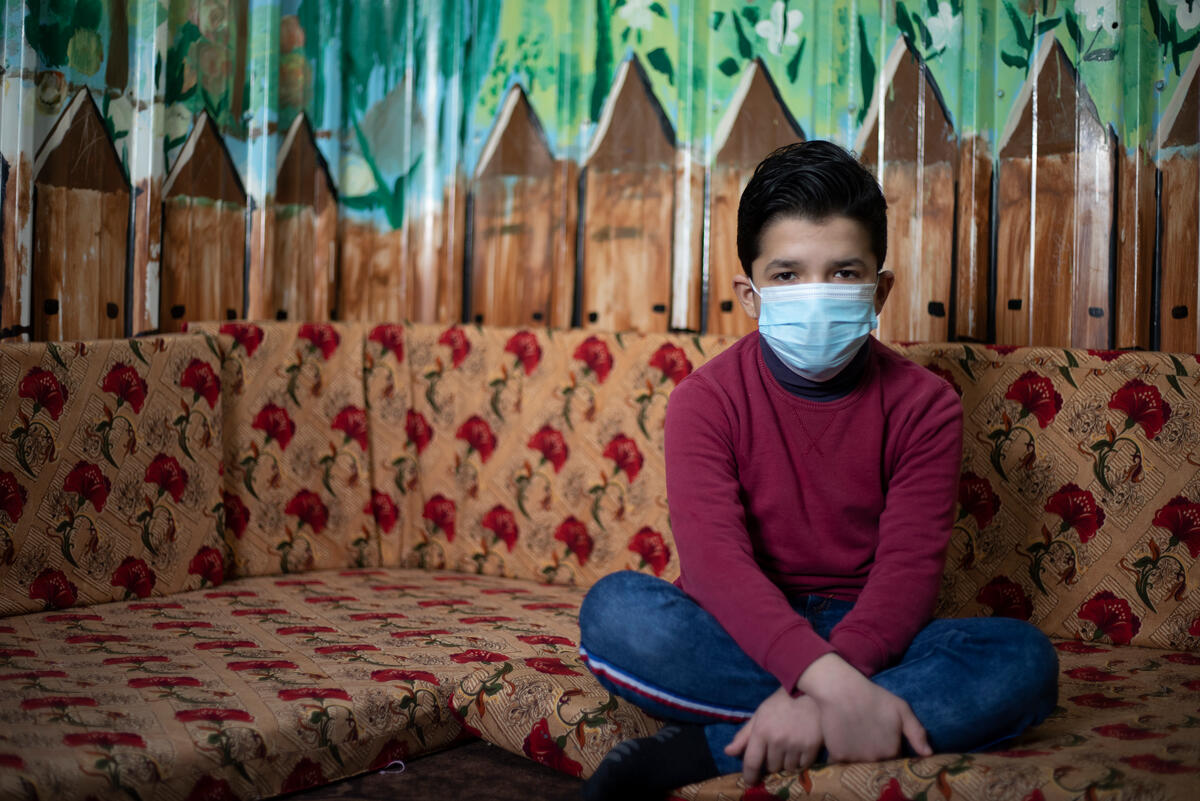
In regions across sub-Saharan Africa, World Vision’s COVID-19 Response has reached more than 31.9 million people, including 14 million children. [3] Looking forward, between 2021 and 2025, World Vision plans to contribute directly to the sustainable well-being of 9.9 million children (7.9 million of which are considered most vulnerable) in the DRC, with a focus on water, sanitation, and hygiene; health and nutrition; livelihoods; education; child protection programming; and ongoing humanitarian response.
Our global COVID-19 Response has already reached more than 62 million people with efforts to limit the spread of COVID-19 and reduce its impact on vulnerable children and families. We are now working to mobilise its influential grassroots networks of faith leaders, community health workers, and government partners globally to support the roll out of vaccines and help communities hold duty bearers accountable for ensuring their fair allocation, while continuing to support the scale up of preventative measures, strengthening health systems and workers, and supporting children affected by COVID-19 directly and indirectly.
I am proud of my colleagues and our partners who work tirelessly to try and mitigate the short and long-term impact of this terrible virus. Yet without sufficient financial support, our organisation, and many like us, will fail to stop the inevitable massive loss of life. Countries around the world have slipped into the water and are beginning to drown. I pray that governments everywhere do what they can to help, rather than turning their boats away and heading back to safe harbour.
To learn more about World Vision's COVID-19 response click here
Jennifer Neelsen is World Vision’s global COVID-19 Response Director
Footnotes
1. As of 19 July 2021. World Health Organization (WHO) (2021) “WHO coronavirus disease (COVID-19) dashboard,” [Online]. Available from: https://covid19.who.int/.
2. These figures are likely to be underreported as contact tracing as well as community stigma and the reluctance to go to hospitals remain as challenges.
3. As of May 2021.